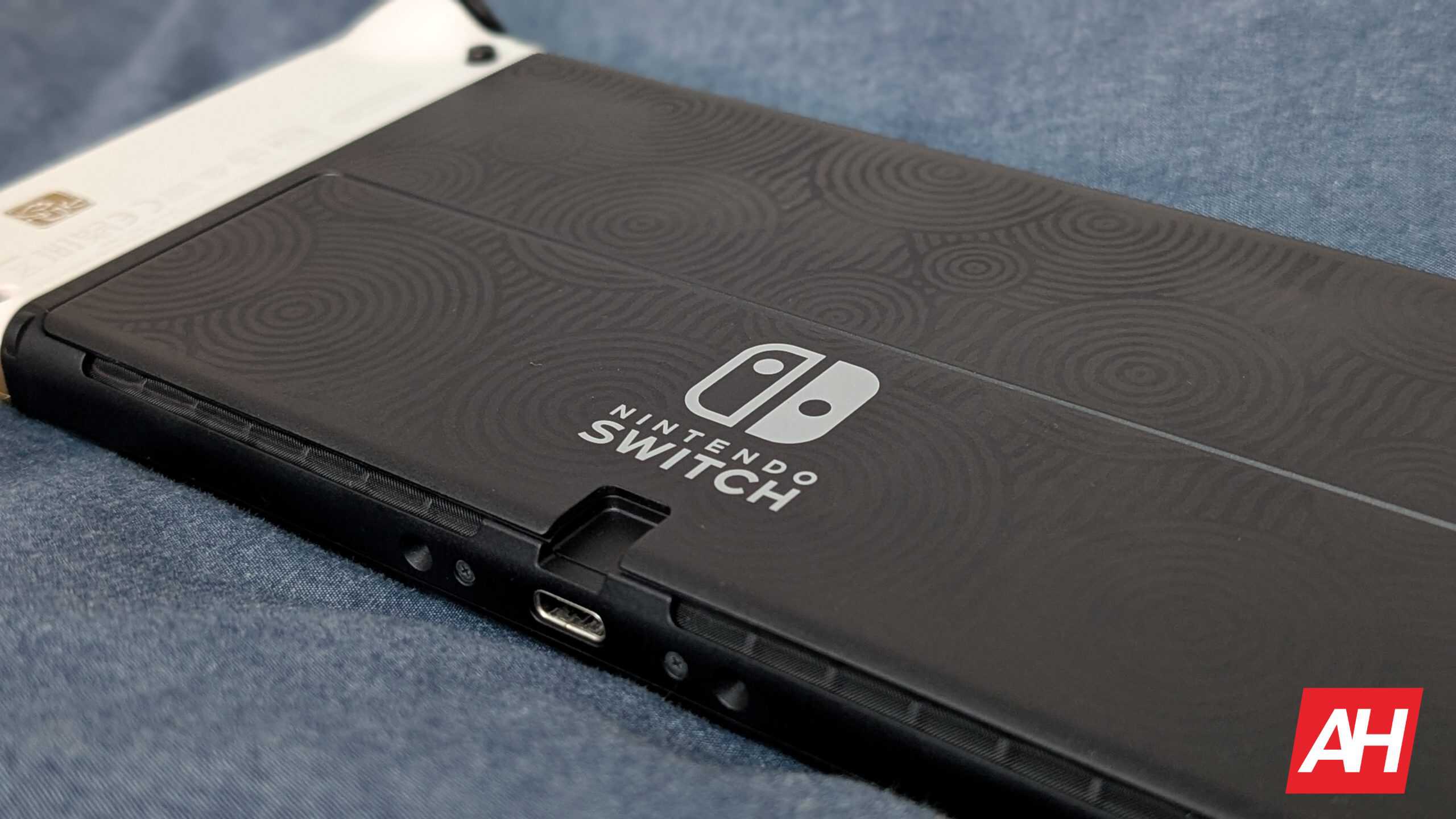We have a rather unexpected comparison for you today. We’ll be comparing the very best Google has to offer with a mid-ranger from Motorola. In other words, this is a Google Pixel 9 Pro XL vs Motorola Edge (2025) specs comparison. Many of you probably know that Motorola did not really release a full-fledge flagship, at least in the slab phone form factor. The company does have a high-end flip phone foldable, though.
Well, the Motorola Edge (2025) is a very capable mid-ranger, a rather new one, so we’ll be comparing that one with the best from Google. These two phones are very different, and that goes for their design too. We’ll first list the specs of both phones and then move to compare their designs, displays, performance, battery life, cameras, and audio output. There’s plenty to talk about here, so… let’s get to it.
Specs
Google Pixel 9 Pro XL

Motorola Edge (2025)
| Google Pixel 9 Pro XL | Motorola Edge (2025) | |
|---|---|---|
| Dimensions | 162.8 x 76.6 x 8.5 mm | 161.2 x 73.1 x 8 mm |
| Weight | 221 grams | 181 grams |
| Display | 6.8-inch LTPO OLED | 6.7-inch P-OLED |
| Refresh rate | 1-120Hz (adaptive) | 120Hz |
| Resolution | 2992 x 1344 | 2712 x 1220 |
| Chipset | Google Tensor G4 | MediaTek Dimensity 7400 Ultra |
| RAM | 16GB (LPDDR5X) | 8GB (LPDDR4X) |
| Storage | 128GB/256GB/512GB/1TB (UFS 3.1) | 256GB (UFS 2.2) |
| Main camera | 50MP (f/1.7 aperture, 1/1.31-inch sensor size, 1.2um pixel size, dual pixel PDAF, OIS) | 50MP (f/1.8 aperture, 1/1.56-inch sensor size, dual pixel PDAF, OIS) |
| Ultra-wide camera | 48MP (f/1.7 aperture, 1/2.55-inch sensor size, 123-degree FoV, dual pixel PDAF) | 50MP (f/2.0 aperture, 122-degree FoV, 0.64um pixel size)) |
| Telephoto camera | N/A | 10MP (f/2.0 aperture, 1/3.94-inch sensor size, 3x optical zoom, PDAF, OIS) |
| Periscope telephoto camera | 48MP (f/2.8 aperture, 1/2.55-inch sensor size, dual pixel PDAF, OIS, 5x optical zoom) | N/A |
| Selfie camera | 42MP (f/2.2 aperture, PDAF) | 50MP (f/1.9 aperture, 0.64um pixel size) |
| Battery size | 5,060mAh | 5,200mAh |
| Charging | 37W wired, 23W wireless (Pixel Stand), 12W wireless (Qi), 5W reverse wired (charger not included) | 68W wired, 15W wireless (charger not included) |
| Colors | Porcelain, Rose Quartz, Hazel, Obsidian | Deep Forest |
Google Pixel 9 Pro XL vs Motorola Edge (2025): Design
The moment you lay your eyes on these two phones, you’ll realize how different they are. The Google Pixel 9 Pro XL has a flat display with a centered display camera hole up top and thin bezels. The Motorola Edge (2025), on the other hand, has a curved display, with very thin bezels, and a centered display camera hole up top as well. The thing is, its camera hole is noticeably smaller than the one on the Pixel 9 Pro XL.
The Pixel 9 Pro XL has a flat frame all around. The same cannot be said for the Motorola Edge (2025). Its frame is very thin and slightly rounded. The power/lock buttons sit above the volume up and down buttons on the Pixel 9 Pro XL, all of them are located on the right-hand side. The Motorola Edge (2025) has the power/lock buttons and volume rocker keys on the right side, too, but the power/lock key sits below the volume buttons. It has an extra physical key on the left side, though.
The Google Pixel 9 Pro XL has a flat backplate, which is made out of glass. The Motorola Edge (2025) has a slightly curved backplate, which is made out of eco leather. Google’s phone includes a camera bar on the back, a horizontal one, with three cameras inside it. The Motorola Edge (2025) has three cameras on the back, but they’re all a part of a different camera module in the top-left corner. The eco leather finish actually covers the vast majority of that camera module.
Motorola’s handset is slightly shorter, narrower, and thinner, while it’s a lot lighter than the Pixel 9 Pro XL. Granted, it has a slightly smaller display in comparison. That phone is also a lot less slippery, mainly thanks to the vegan leather backplate.
Google Pixel 9 Pro XL vs Motorola Edge (2025): Display
There is a 6.8-inch LTPO OLED display included on the Google Pixel 9 Pro XL. That display is flat, and it supports HDR10+ content. It has an adaptive refresh rate (1-120Hz) and a peak brightness of 3,000 nits. The resolution here is 2992 x 1344 pixels, while the display aspect ratio is 20:9. The screen-to-body ratio is around 88%. The Gorilla Glass Victus 2 protects this display.

Motorola’s Edge (2025) handset, on the flip side, has a 6.7-inch P-OLED display. This display has a resolution of 2712 x 1220, and it can project up to 1 billion colors. The refresh rate is 120Hz, while HDR10+ content is supported. The peak brightness here is 4,500 nits. The screen-to-body ratio is at around 92%, while the display aspect ratio is 20:9. Corning’s Gorilla Glass 7i protects this display.
Both of these displays look really good, actually. They’re more than sharp enough, while they’re both vivid too. The viewing angles are great on both, as is the touch response. They both also get more than bright enough whenever you need them. Neither display supports high-frequency PWM dimming, however, if that’s something you care about. Either way, the vast majority of people will be happy with either of these two panels.
Google Pixel 9 Pro XL vs Motorola Edge (2025): Performance
The Google Tensor G4 processor fuels the Google Pixel 9 Pro XL. That is the company’s 4nm chip, and it’s the most powerful one Google has to offer. It’s paired with 16GB of LPDDR5X RAM and UFS 4.0 flash storage. The Motorola Edge (2025) is fueled by the MediaTek Dimensity 7400 processor. That is also a 4nm chip, and it’s paired with 8GB of LPDDR4X RAM and UFS 2.2 flash storage. Neither phone supports storage expansion.
With that being said, the Google Pixel 9 Pro XL is the snappier phone of the two. While the Motorola Edge (2025) performance is okay, in direct comparison, the Pixel 9 Pro XL is easily more responsive. It has a faster chip, faster RAM, and faster flash storage, so that’s not surprising at all. It can get things done faster, even though the Motorola Edge (2025) doesn’t offer bad performance.
When it comes to gaming, well, neither of these two phones is ideal for it. The Pixel 9 Pro XL has more gaming prowess, but it’s not made for gaming. In fact, both of them can handle low-end and mid-range games, but those graphically intensive ones can be a problem, that’s for sure. If you’re way into gaming, neither of these two phones is for you.
Google Pixel 9 Pro XL vs Motorola Edge (2025): Battery
There is a 5,060mAh battery included inside the Google Pixel 9 Pro XL. The Motorola Edge (2025), on the other hand, features a 5,200mAh battery on the inside. Despite the fact that the Motorola Edge (2025) has a bigger battery, the Pixel 9 Pro XL trumps it in terms of battery life. The difference is noticeable, too. Motorola’s handset doesn’t exactly have bad battery life, but it cannot compete.
The Pixel 9 Pro XL can produce at least an hour more of battery life (screen-on-time). That phone did get a boost from the Exynos 5400 processor, compared to its predecessor, and it really does impress in terms of battery life. The vast majority of people will be happy with the battery life from either of these two phones, though.
The Google Pixel 9 Pro XL supports 37W wired, 23W wireless (Pixel Stand), 12W wireless (Qi), and 5W reverse wireless charging. The Motorola Edge (2025), on the other hand, supports 68W wired and 15W wireless charging. Motorola’s handset does charge faster, as it can be fully charged in 55 minutes. The Pixel 9 Pro XL takes around an hour and 20 minutes to fully charge. Neither phone comes with a charger in the box.
Google Pixel 9 Pro XL vs Motorola Edge (2025): Cameras
A 50-megapixel main camera (1/1.31-inch sensor size) sits on the back of the Motorola Edge (2025). A 48-megapixel ultrawide camera (1/2.55-inch sensor size, 123-degree FoV) is also included, as is a 48-megapixel periscope telephoto camera (1/2.55-inch sensor size, 5x optical zoom).

The Motorola Edge (2025), on the other hand, also has three cameras on the back, but its camera hardware is inferior in comparison. A 50-megapixel main camera (1/1.56-inch sensor size) is backed by a 50-megapixel ultrawide camera (122-degree FoV) and a 10-megapixel telephoto camera (1/3.94-inch sensor size, 3x optical zoom).
Yes, the Pixel 9 Pro XL has better camera hardware, and yes, it shows in actual photo samples. The Google Pixel 9 Pro XL offers more consistent performance and better-looking photos overall. They’re vivid, sharp, and look nice overall. HDR performance is on point, and the same goes for low-light performance. Yes, the photos don’t look all that realistic, due to Pixel’s processing, but they look great.
The Motorola Edge (2025) can shine from time to time, but it’s generally visibly worse. The photos do end up less vivid and are often not as detailed. Low-light performance is also not as good. That is to be expected, though, due to the price difference between devices.
Audio
Yes, you’ll find stereo speakers on both of these devices. They’re rather good on both of them, loud enough, and the audio output quality is good too. There’s not much to complain about here, at least not for most people.
There is no audio jack on either of these two phones. You can, however, connect your wired headphones to Type-C ports on these two phones. Alternatively, Bluetooth is an option for wireless connectivity.
RELATED POSTS
View all


